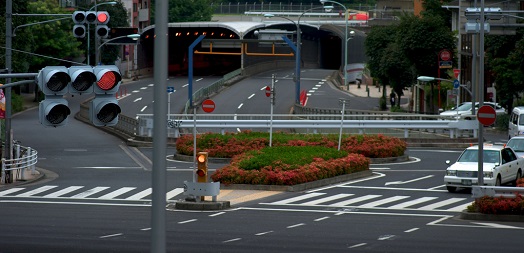Curated by Gregory Pings, manager of Content Marketing for Xerox
Connected and driverless vehicles get the most attention in the future of transportation discussion, but another component of the ecosystem is quietly undergoing a transformation as well: the traffic signal. Smart technology in this area is a key to achieving the ultimate goal of making mobility around cities safer and more efficient.
“We’re at a very interesting point, looking at how can we accelerate the deployment of this technology and bring together the full range of companies that may need to be involved,” said Dr. Peter Sweatman, director of the University of Michigan’s Transportation Research Institute and Mobility Transformation Center.
ARVE Error: need id and providerThe following questions and answers have been excerpted from Real Business, a website from Xerox that provides ideas and information for decision makers in business and government.
How are stoplights and signals evolving in urban areas?
Sweatman: Right now there are a large number of traffic signals across the United States, and generally speaking, those signals are not very smart. There are certain pockets around the country of adaptive traffic signals — Oakland County in Michigan is one example, with about 600 sets that are all totally compatible with adaptive technology. The signals are not totally independent and take into account traffic flow considerations.
Read the complete article, Are Traffic Signals an Endangered Species?” on RealBusiness.com
What are the next steps for wider deployment of these signals?
Sweatman: While there are pockets of these technologies, they cost a lot of money, so the investment may not be made because of the very extensive road network in the U.S. Connected vehicle technology provides a very affordable way to get the signals acting a lot smarter. Once we have a very wide deployment of this connected platform, vehicles will be sending signals to the intersections and traffic signals. Then we’re going to see traffic flow a lot better.
For instance, the intersection connectivity will enable greater safety at intersections — we have demonstrated applications where bus drivers are warned of pedestrians in the crosswalk via the communications link. Also, the connectivity will enable other public transit applications such as transit signal priority, where buses and trains can request a green light in order to meet their schedules.
What kinds of issues will that solve?
Sweatman: It’s pretty annoying if you drive home at 2 a.m. and you’re sitting at a red light and no one is going across on the green. These kinds of connected technologies will make drivers feel empowered because the intersection is recognizing their presence. At the moment, we drive around and we’re completely ignored. The system doesn’t know we’re there. This is going to be a tremendous revolution.
Subscribe to this blog and receive email updates when we publish a new article.
The University of Michigan’s Transportation Research Institute and Mobility Transformation Center partners with companies, such as Xerox, to test new technologies for the 21st century’s mobility system.




It is good to see the adaptive traffic light technology coming into play. For many years just the thought of “synchronized” traffic lights seemed like a great thing.
With more cars on the roads the most sustainable methods need to be using the more abundant and less expensive sensor technologies to manage congestion and reduce time and fuel waste as much as possible over building bigger roads.